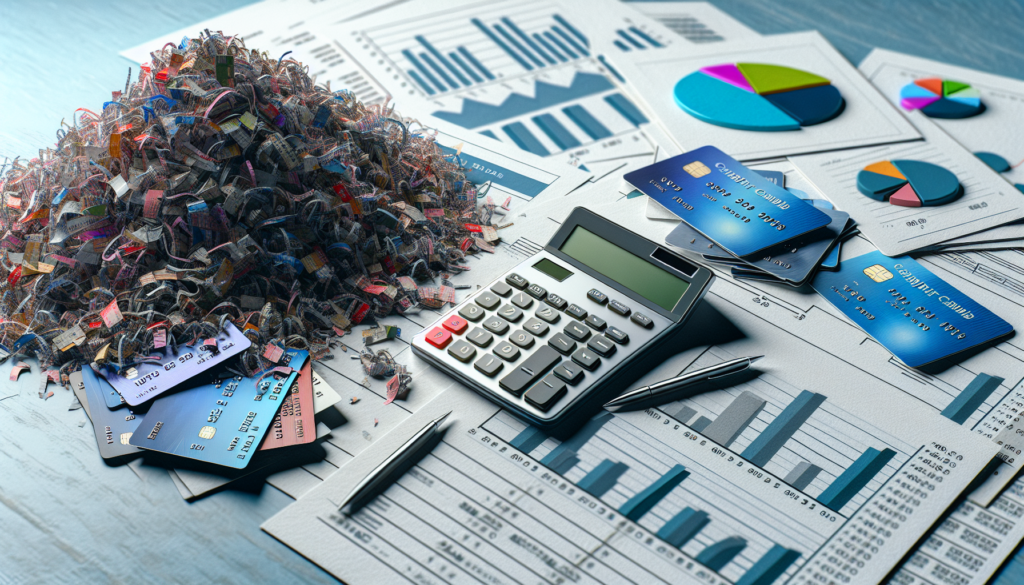
Chapter 13 bankruptcy, often referred to as a wage earner’s plan, allows individuals with regular income to develop a plan to repay all or part of their debts over a period of three to five years. The Chapter 13 repayment plan is central to this bankruptcy process, providing a structured way for debtors to manage their debt obligations while retaining their assets. Here’s an overview of how the Chapter 13 repayment plan works:
Creation of the Repayment Plan
The debtor, with the help of a bankruptcy attorney, proposes a repayment plan that outlines how creditors will be paid over the plan’s duration. This plan must be submitted to the court for approval and typically includes provisions for paying back priority debts in full (such as back taxes and child support), making payments on secured debts (like a mortgage or car loan), and paying a portion of unsecured debts (such as credit card bills and medical expenses), depending on the debtor’s disposable income.
Determining the Plan Length
The length of the repayment plan depends on the debtor’s income relative to the median income for a similar-sized household in their state:
- If the debtor’s income is below the median, the plan will usually last three years, unless the court approves a longer period.
- If the debtor’s income is above the median, the plan will typically be set for five years.
Calculating Plan Payments
Plan payments are based on the debtor’s disposable income, which is the income left over after paying for necessary living expenses. The bankruptcy means test and schedules of income and expenses help determine this amount. The debtor must commit all their disposable income to the repayment plan for its duration.
Priority, Secured, and Unsecured Debts
- Priority Debts: These must be paid in full through the plan. Examples include certain taxes and child support.
- Secured Debts: Debtors can catch up on arrears for secured debts and may continue making regular payments directly to the creditor or through the plan. In some cases, the terms of secured debts can be modified.
- Unsecured Debts: The amount paid to unsecured creditors depends on the debtor’s disposable income and the value of nonexempt assets. It’s possible that unsecured creditors will receive only a portion of what they are owed, or in some cases, nothing at all.
Confirmation of the Repayment Plan
After the plan is proposed, a confirmation hearing is held. The bankruptcy judge will confirm the plan if it is feasible, proposed in good faith, and fair to creditors. Creditors can object to the plan, but if the plan meets the requirements set forth in the Bankruptcy Code, it will generally be confirmed.
Making Payments
Once the plan is confirmed, the debtor begins making regular payments to the Chapter 13 trustee, who then distributes the funds to creditors according to the plan’s terms. It’s crucial that the debtor makes these payments on time; failure to do so can lead to dismissal of the bankruptcy case or conversion to a Chapter 7 bankruptcy.
Completion and Discharge
After the debtor completes all payments under the plan, they are eligible to receive a discharge of the remaining balances on most types of debts. Some debts, such as student loans, certain taxes, and debts for alimony or child support, are not dischargeable in Chapter 13.
The Chapter 13 repayment plan offers a flexible yet structured approach for debtors to manage and pay off their debts over time. By adhering to the plan and making regular payments, debtors can protect their assets from liquidation, stop foreclosure on their home, and ultimately achieve a financial fresh start upon completion of the plan. Given the complexities involved in formulating and executing a Chapter 13 repayment plan, consulting with an experienced bankruptcy attorney is highly recommended to navigate the process successfully.

Get a Free Bankruptcy Case Evaluation